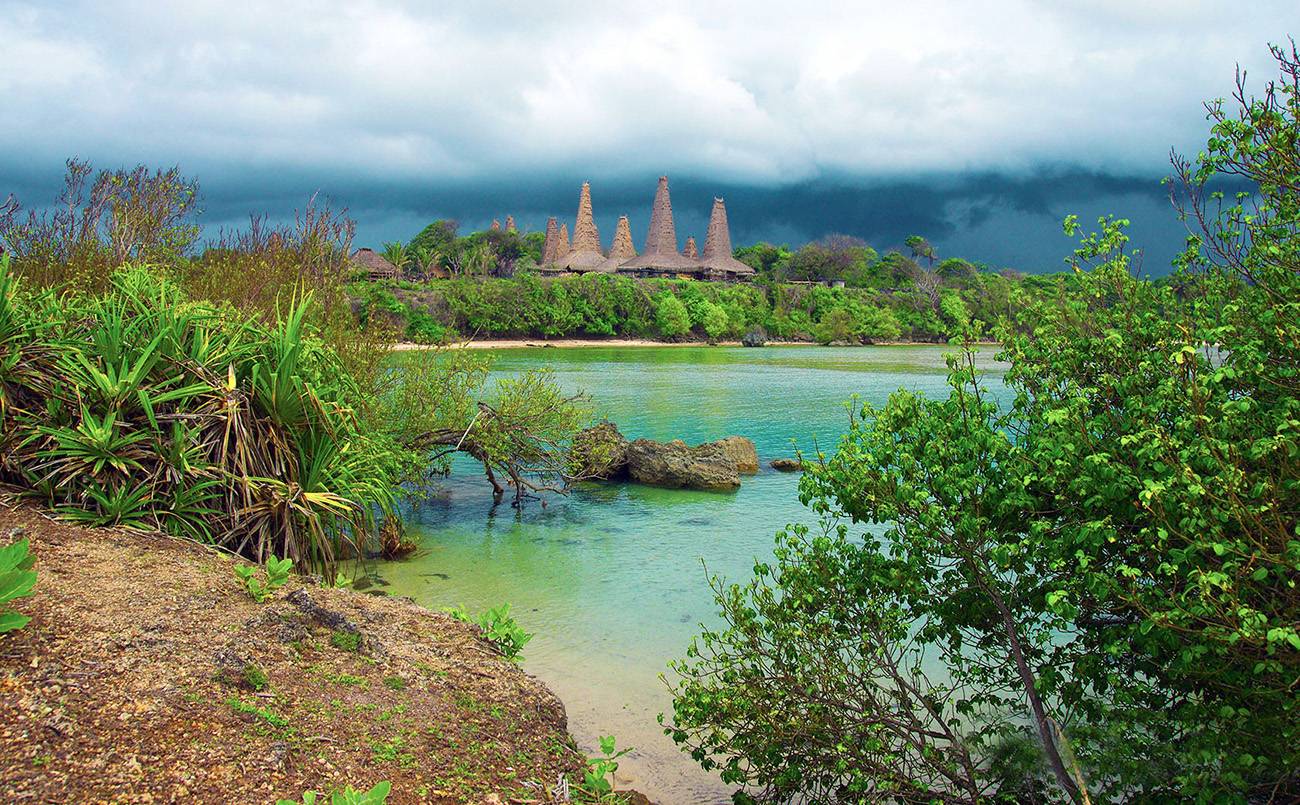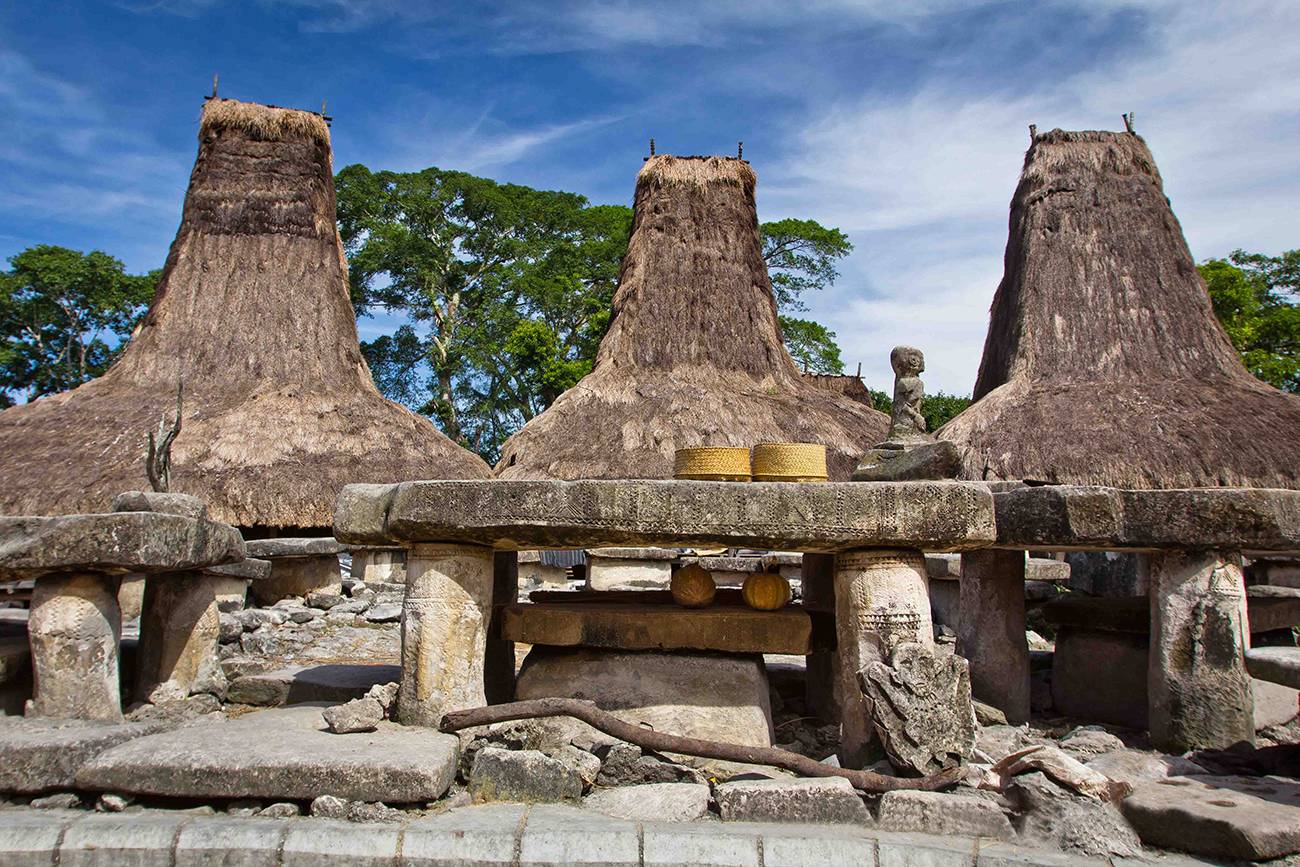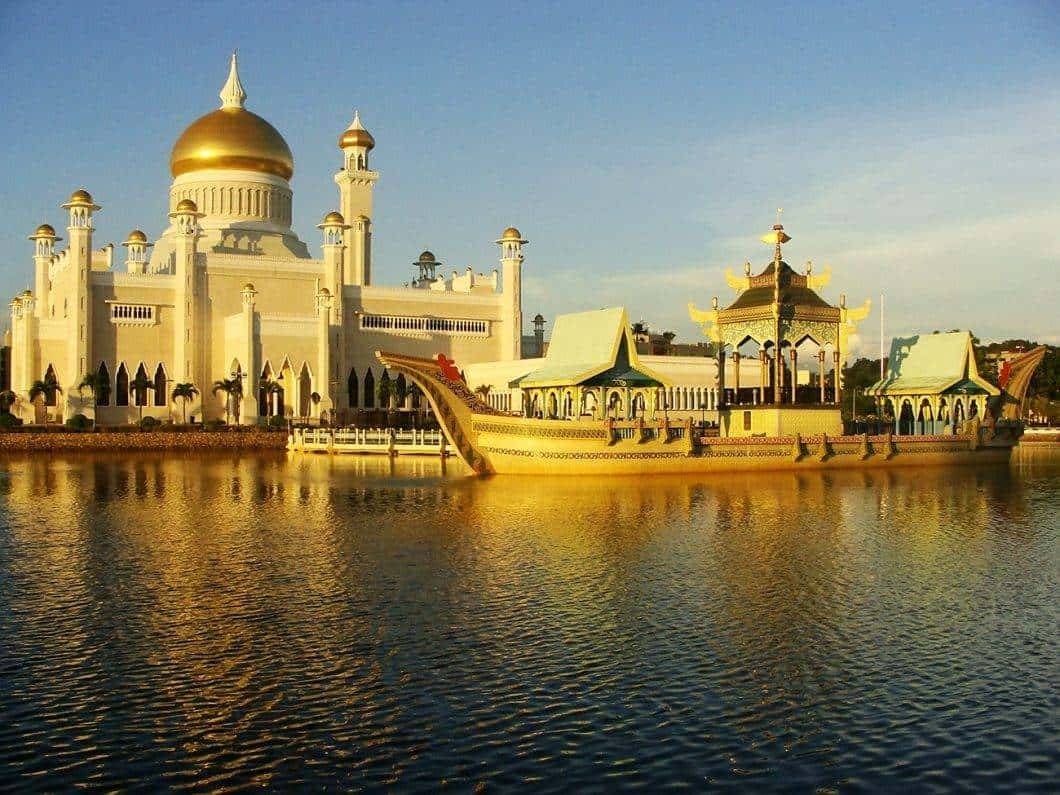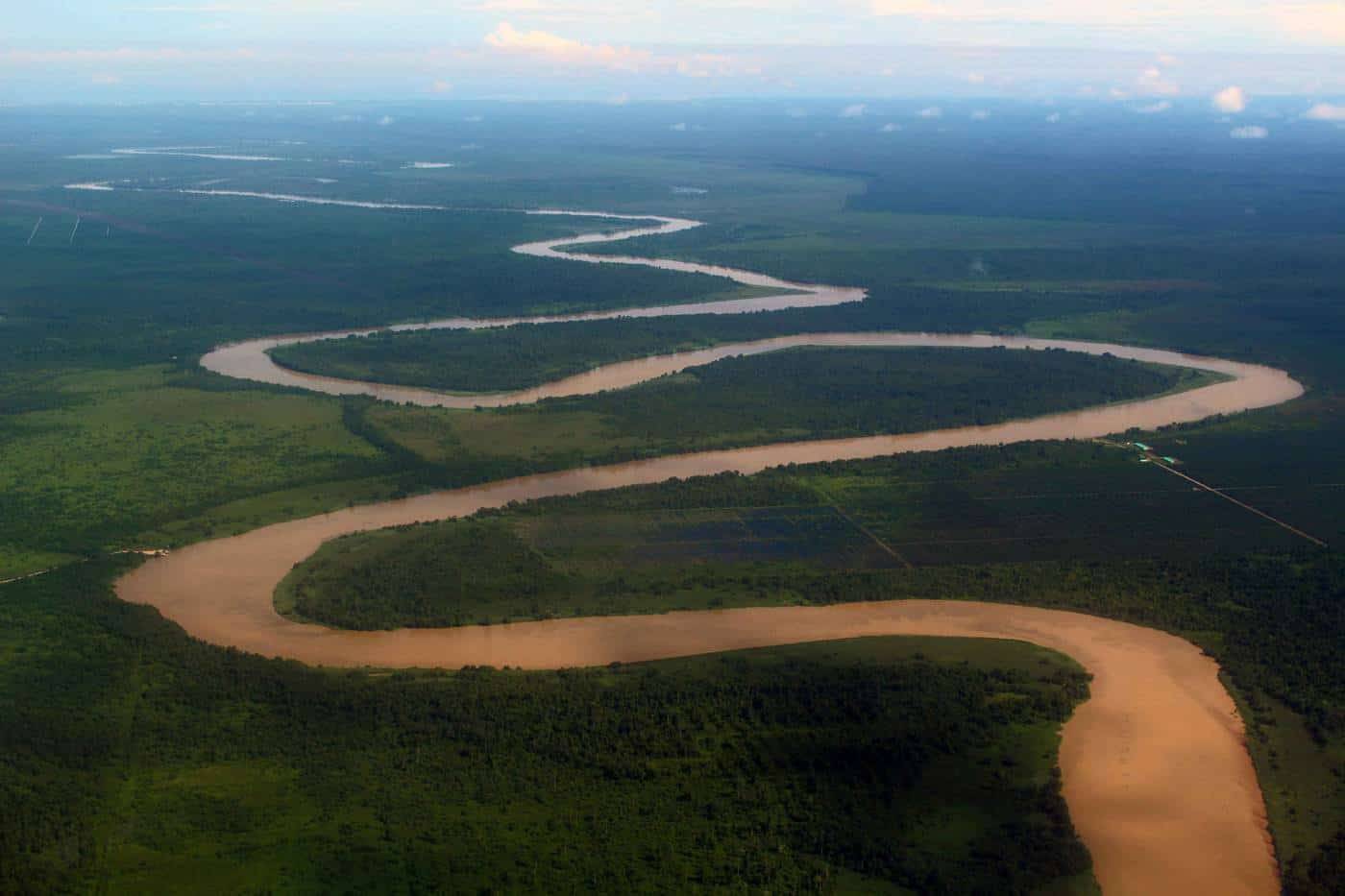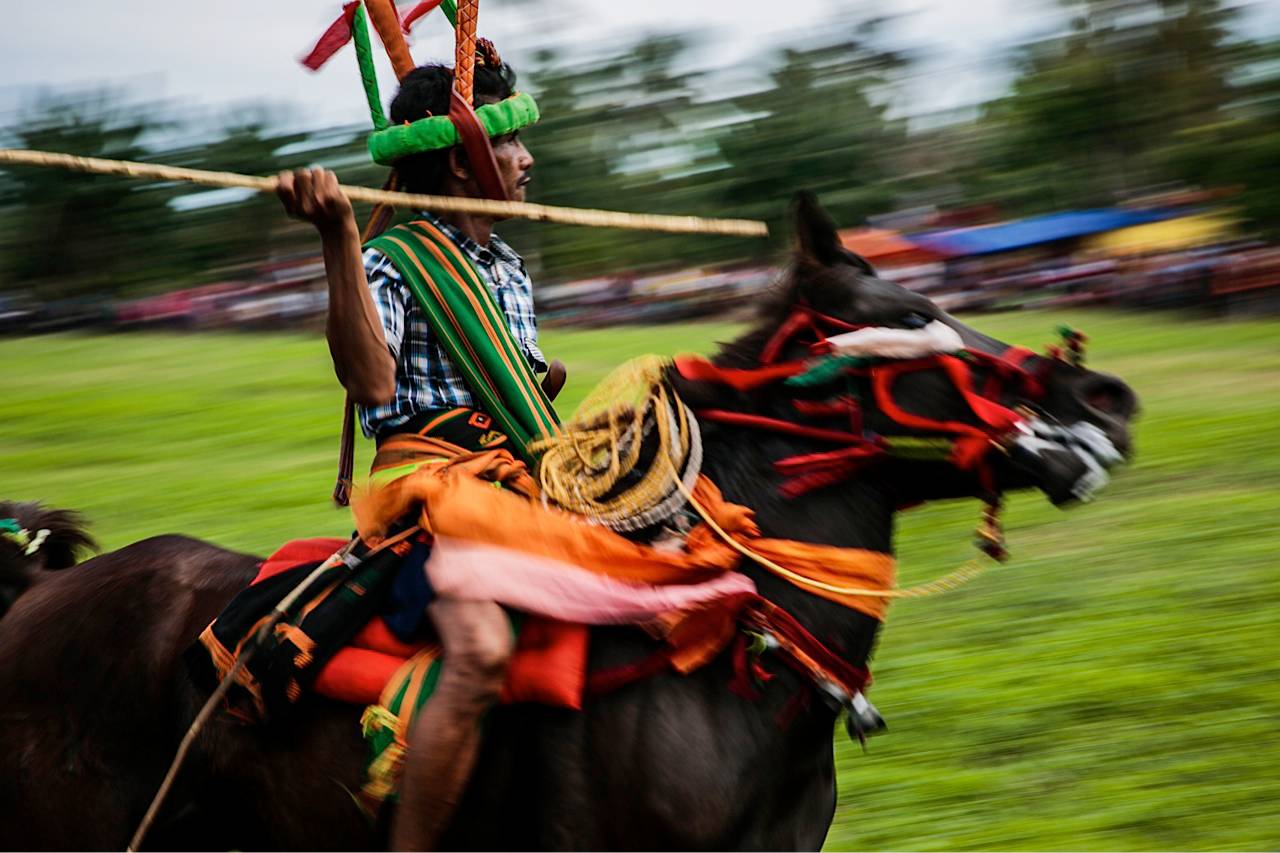
10 INCREDIBLE THINGS TO SEE ON SUMBA ISLAND
A developing nation, yet a rich tradition. The irreplaceable cultural heritage of Sumba is best to be seen in the countryside, where thatch-roof-topped houses tower over the jungles and the female villagers diligently weave and thread on their verandas, while the men are battling with swords and spears on horseback.
The dry season, when most of the island becomes accessible, brings tourism. However, travellers who pay a visit in February will get a chance to encounter one of the most remarkable tribal event in Indonesia – Pasola where spill blood is a ‘must’ in order to restore the balance between the local villages.
WAINGAPU AND WAIKABUBAK
The largest port town of Waingapu is the capital of Sumba, but it is far from a modern city. Pigs and poultry roam the backstreets and locals still walk barefoot, just ikat, which looks more like a colourful towel to the Westerners, wrapped around their waists and heads. There is no need to rush on this island; just relax and go with the flow.
Waikabubak is the second most important town. Surrounded by green meadows and forested hills, the land made home to numerous traditional tribal villages. Waikabubak is where you need to go to uncover the secrets of the Sumbanese civilization.
THE ANIMIST CULTURE
The local traditions and customs are the main reason to pay a visit to the mysterious countryside of Sumba. The villages are characteristic of huge clean houses made out of a petrified tree, from which the heads of conquered enemies once used to be proudly hung to celebrate the victory. Such totems are quite a spectacle.
Death here in Sumba plays the most important role, as that is a moment when the mortal soul makes the journey into the spirit world. Therefore, some of the most impressive experiences on this island are graveyards and the funeral rituals and ceremonies like megalithic burials and animal sacrifices.
TOP 1O THINGS TO DO & SEE IN SUMBA
1.KAMPUNG TARUNG – pay a visit to the Tarung culture village on the hill-top of the town of Waitabubak. That is where ancient megalithic graves come into sights and where the most significant spiritual centre of the island lies.
2.WULA PADU – if you travel in November, you will get the chance to witness one of the most fascinating tribal festivals in Indonesia – Wula Padu. This is a relatively barbaric ceremony when many animals are sacrificed in order to pay honour to the spirits of the Sumbanese ancestors.
3.RANTENGGARO VILLAGE – go to Kodi to visit the Rantenggaro Village – you will find typical tall houses with their own tombs, nicely decorated and located near a lovely beach – it is one of the major attractions on Sumba Island
4.PASOLA – another annual fiesta is Pasola and it is the absolute ‘must-take part in’ in Sumba. The extraordinary harvest festival takes place each February or March in Kodi, Lamboya and Wanokaka and it is the most important event on the island.
This “bloody” fest is held on a flat battlefield where spear-armed horsemen from different villages meet and they are divided into two teams, which are supposed to fight against each other. Spilling of their blood is to be believed to placate the spirits of the tribes and restore the balance between villages.
5.PRAILU – a heaven for all the textile and fabric lovers. The local ladies literally spend their life weaving and threading ikat – worldwide reputed high-quality silk fabric. This is the place where to buy best quality ikat blankets, scarfs or wall hangings.
The good thing about this place is that you can buy here a $100 USD ikat cloth which would have a value of more than $1000 USD in the West.
6.RENDE & MELOLO – astonishing ancient stone tombs with bizarre carvings. Rende was once a kingdom where slaves used to weave the ikat for their kings. Today, both male and female residents continue in their ancient weaving tradition.
7.PERO – this simple seaside village much liked by surfers. The deserted long stretch where mighty waves crash onto the steeply sloping sand; the currents and undertow are ferocious here. This beach is good for interactions with the locals. Horseback riding is available as well.
8.WATERFALLS – take a dip in one of Sumba`s tropical waterfalls, e.g. Lapopu, Tanggedu, Matayangu, Waikelo Sawah, Gunung Meja
9.WEEKURI LAKE– a spectacular lagoon with every hue of blue imaginable and is fringed by lush tropical greenery. With crystal clear water teeming with sea life and a sandy bottom, this lagoon is perfect for cooling off after a long journey to reach here.
The best views are from the rocky cliffs as it offers views of the entire lake and the crashing sea below that feeds the lake with fresh seawater.
10.NIHI SUMBA ISLAND ECO-RESORT – spend a night at the luxurious resort if your budget allows. The retreat was awarded the title ‘World’s Best Hotel in 2016 & 2017’ for its native ambience and authentic local experience.
WHEN TO TRAVEL
Sumba gets heavy rain falls between December and February and it is almost impossible here to travel in these months, middle season months are March-April and October-November.
The peak season is in the dry time of a year (June-September) when it gets very hot.
Remember that Pasola takes place in the months of February-March and Wula Padu in November.
HOW TO GET THERE
Sumba is accessed either by boat or plane.
Fly to Jakarta/Java or Denpasar/Bali first. Then catch a local flight to Sumba. There is also a domestic airport in Waingapu (see https://www.garuda-indonesia.com/)
If travelling overland, ferry from Ende/Flores brings you to Waingapu/Sumba, or from the other side, from Sape/Sumbawa to Waikelo/Sumba.
For all international flights check out www.skyscanner.com or www.momondo.com

